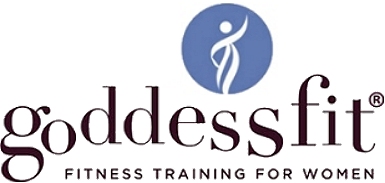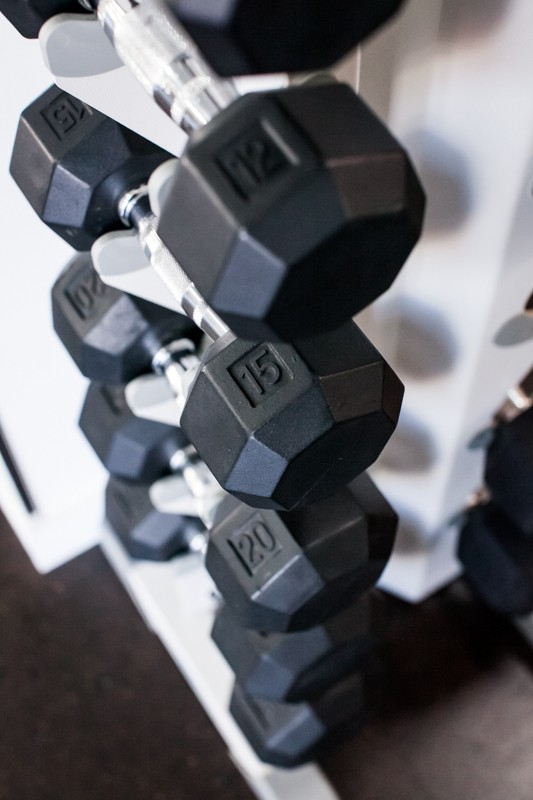Menopause isn’t the scary monster it’s made out to be. But when those estrogen levels begin to drop, some not-so-fun stuff starts happening to your body. This hormone helps keep your metabolism humming and your body curvy; when it fades, you’ll begin to add pounds—the average woman gains 5 to 7 pounds during menopause—and you’ll tack them on around your gut instead of the hips and thighs.
Declining estrogen also robs bone and muscle mass. At menopause, women must pay closer attention to how much they eat and the way they work out,” warns Sabrena Merrill, MS, senior advisor on health and science for the American Council on Exercise and a Level I CrossFit trainer.
You only do cardio.
Spin class may have kept you svelte before the hot flashes kicked in, but now you’ll need some strength training to preserve muscle and maintain your calorie burn. Building muscle mass is incredibly important, so I encourage my clients to master squats and lunges. Keeping the big muscles in the legs strong will help people stay independent and active longer.
Gradually increasing muscle strength is the best approach for this group of women. If lifting is new to you, try starting out with elastic bands or very light weights.
You prefer swimming or cycling to walking or running.
Keeping your skeleton strong requires bone-jarring impact so you need weight-bearing exercise like walking or weight lifting to help ward off osteoporosis. For postmenopausal women, brisk walking may be enough: In a study of 60,000 postmenopausal women, walking at a rapid clip four or more times per week resulted in a lower risk of hip fractures, compared with those who didn’t walk as much.
You take it easy on yourself.
Don’t slow down. There is no reason why women shouldn’t be doing the same exercises at 50 or 60 that they did in their 40s. What’s more, a study in JAMA Oncology found that postmenopausal women who got 5 hours of moderate to vigorous aerobic exercise every week—double the recommended amount—lost much more body fat within a year than women who exercised less.
Watch your food intake.
Start paying close attention to your sense of fullness: You don’t need as many calories as before, thanks to your sputtering metabolism.
Experts at the Mayo Clinic recommend eating about 200 fewer calories a day than you did in your 30s and 40s. And make sure the calories you take in are quality ones: Choose leaner sources of protein like fish, chicken, and turkey, and leave room for plenty of healthy produce.
You don’t spend enough time warming up.
An injury will derail the best-laid workout plans. A study in the Journal of Mid-Life Health found that warming up before exercise helps reduce injuries and post workout pain. Make sure to give yourself extra time, though: According to research from the Women’s Sports Medicine Center at the Hospital for Special Surgery in New York City, older bodies require a longer warm-up to get loose.
Aim for 10 minutes instead of the usual 5, and choose dynamic movements that mimic the exercise you’re about to do. Going for a walk? Start out strolling and using some exaggerated knee lifts and arm swings to get the blood flowing. If it’s time for a strength-training session, try some arm circles, hip rotations, and gentle running in place.
You try to do it all on your own.
Check with your doctor before increasing the intensity or nature of your workouts. Once you have clearance, consider working with a physical therapist or personal trainer for guidance on strength training and performing more rigorous workouts. And if you really want to stick with your new program, recruiting friends and/or family to join you is always encouraged and helps to keep you motivated.

